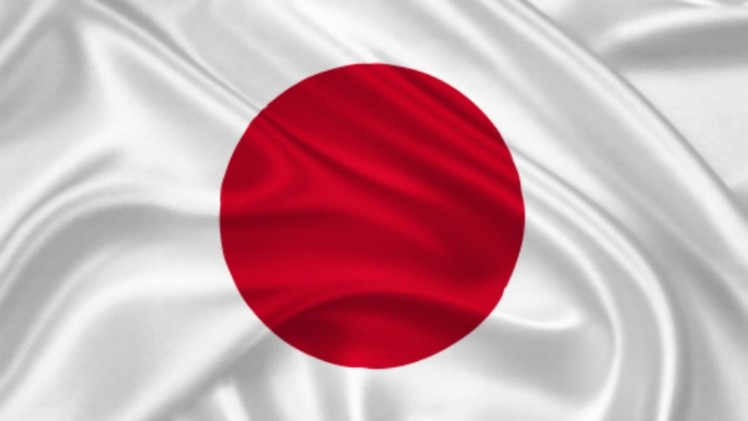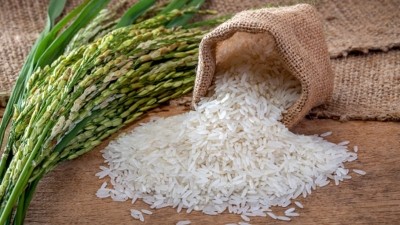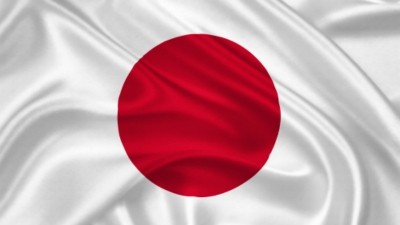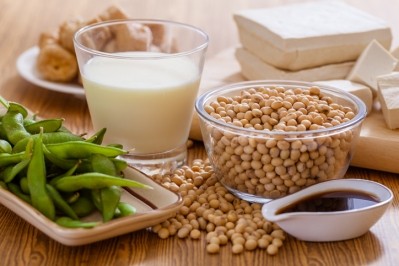‘Authenticity over localisation’: Japan’s wagyu and rice in the spotlight as government looks to boost food exports

Newly-appointed MAFF Minister Kotaro Nogami, who just assumed office this year, announced the new bureau, which has been temporarily dubbed the Export and International Bureau at a recent press conference.
This is expected to be set up as part of the ministry’s internal restructuring plans next April, and will combine both international affairs and food export-related divisions.
“Exporting is one of the main strategies to improve the income of all Japanese agriculture, forestry and fishery industries,” said Nogami at a press conference.
“We will take all measures such as increasing the amount of Japanese beef and strengthening the production base of apples, grapes and green tea for export.”
Japanese beef is regarded as an important agricultural product due to its popularity in overseas markets. MAFF will also be elevating the status of its Livestock Industry Department to the Livestock Industry Bureau in order to boost local beef production, according to Kyodo News.
In 2018, the value of Japanese beef exports stood at JPY 24.7bn, a jump of over sixfold from JPY3.4bn just eight years prior in 2010, attributed to its popularity in markets such as China, Hong Kong, South Korea and the United States.
Such is the importance of the industry that there are over 300 ‘brand names’ of Japanese beef in the country, and various associations set up to promote these overseas, such as the Ibaraki HItachiwagyu Beef Promotion Association which promotes the Hitachiwagyu brand.
According to association Export and Promotion Staff Yoshio Shirota, Japanese beef and the term ‘wagyu’ are one and the same, even though wagyu is often mistaken as just a particular type of beef overseas, a concept that the association is trying to correct.
“Wagyu is literally the Japanese term for ‘Japanese beef’ – Even though other countries such as Australia and the United States have also started using the term for beef produced there, those really aren’t 100% wagyu even if they have the bloodline as they aren’t Japanese beef. Only all beef from Japan can be real wagyu,” Shirota told FoodNavigator-Asia.
“There are over 300 brand names of wagyu in Japan, from Kobe to Hitachiwagyu to Miyazaki to Hida and many more mostly based on the regions of production, e.g. Hitachiwagyu is produced in Ibaraki prefecture. All of us are very proud of our own products.
“For us, our mission is to promote beef for exports in other countries – Hitachiwagyu is currently more focused on Singapore, for example, whereas Miyazaki beef emphasises the Unites States market, and Hida beef is most interested in Vietnam and Thailand. But exports are a very big thing for the wagyu industry.”
He added that the potential for wagyu exports from Japan to countries like Singapore is heightened by the fact that locals seek authenticity and not localisation when it comes to wagyu.
“There are many Singaporean consumers that are very educated and have acquired the taste and knowledge of real wagyu in Japan, so they now know and demand for high quality beef even when they go home,” said Shirota.
“They don’t want localised flavours to suit local tastes – they want authenticity, and real Japanese food, and that is what only Japan can provide.”
In addition to wagyu, Nogami also emphasised that elevating rice exports would be a key area of focus for Japan.
“Expanding rice exports that capture overseas demand is extremely important for the full utilization of paddy fields and the maintenance of production bases [as] domestic demand for rice is declining, but the overseas Japanese food market is expanding,” he said.
“We also need to expand the market for packed rice and processed rice products, and work to ease export restrictions to China and other countries.”
Furthering Japanese exports growth
Indeed, the popularity of Japanese foods overseas is what has led newly-appointed Japanese Prime Minister Yoshihide Suga, who assumed office last month, to turn to exports as a major strategy for the country’s growth.
According to Nikkei, it was Suga’s directive to MAFF to increase focus on food exports and work towards Japan becoming an ‘export nation of agricultural products’ via the deregulation of export destinations and developing local food processing facilities.
The government aims to boost agricultural exports as a whole to JPY5tn (US$47bn) by 2030, up from JPY912.1bn (US$8.64mn) in 2019.


















